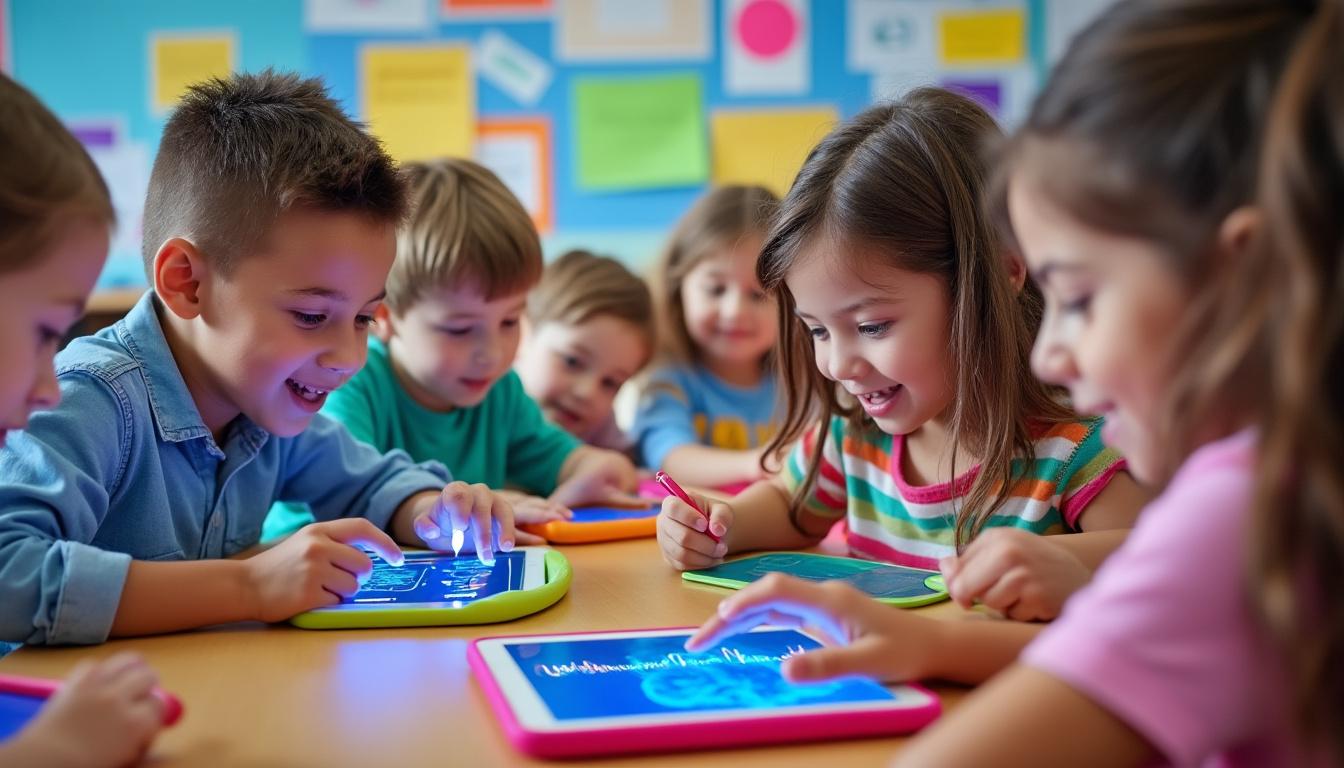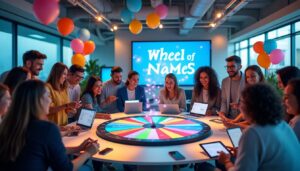Today, technological advances are providing innovative solutions to help children with ADHD (attention deficit hyperactivity disorder) better manage their symptoms and improve their academic performance. Among these solutions, a revolutionary digital tool provides real-time feedback on brain activity during cognitive exercises, offering a unique opportunity to effectively intervene in these young people’s educational journey. Thanks to a fun and interactive interface, this tool is intended not only for children but also for educators and parents seeking to optimize learning and concentration.
Neurofeedback: A Promising Method for Children with ADHD
Neurofeedback is a technique that aims to train the brain to better regulate its functions. By using sensors that measure brain activity, this method allows children to receive real-time information on their brain function. This data helps them become aware of their mental states and learn to modulate their attention and concentration. How Neurofeedback Works
Neurofeedback sessions generally take place in several stages:
Preparation:
- A specialized device is connected to the child’s scalp via sensors. Work Session:
- The child engages in cognitive activities, such as solving puzzles or memory exercises. Visual Feedback:
- During the exercise, visual elements (such as video games or graphics) react to the child’s brain activity. This method of improving working memory and attention is all the more promising because it allows for personalized treatment, adapting to the specific needs of each child.
The Promising Results of Neurofeedback
Recent studies have shown encouraging results. Children who completed a neurofeedback program showed notable improvements in their ability to perform tasks requiring sustained concentration. For example, one study evaluated children who completed a 12-week treatment. The results revealed that approximately 50% of them noticed positive changes in their ADHD symptoms.
Evaluation Criteria
| Improvements Noted | Concentration Ability |
|---|---|
| 70% | Improvement in School Grades |
| 50% | Reduction in Impulsive Symptoms |
| 60% | These figures reinforce the viability of neurofeedback as a support tool for children with ADHD, helping to optimize their cognitive potential while contributing to better emotional and behavioral regulation. |
Teaching Children with ADHD Digitally
Using digital tools in education can significantly transform the learning experience of children with ADHD. Dedicated educational apps, such as those provided by NeuroKids, FocusÉlite, or Cognifocus, are designed to make learning interactive and engaging.
Digital technologies to the rescue of students
These tools offer various types of activities aimed at capturing children’s attention and strengthening their working memory:
Gaming apps:
- Interactive games for learning math or vocabulary, designed to maintain children’s interest. Time management programs:
- To help children plan their homework and activities. Instant feedback:
- Students receive immediate feedback on their performance, thus increasing their motivation. These tools directly affect student engagement, making learning less stressful and more effective.
Interaction between educators, parents, and children
Technology not only plays a role in learning; it also facilitates communication between parents and teachers. Platforms like TDAHConnect allow for the exchange of information on children’s progress, which is essential for educational continuity. Parents can track their children’s performance and discuss the results of cognitive activities with teachers, strengthening a collaborative effort.
Features of the TDAHConnect Platform
| Benefits | Performance monitoring |
|---|---|
| Allows rapid adjustment of teaching methods | Regular reports |
| Facilitates parent-teacher discussions | Personalized activities |
| Strengthens children’s engagement in their learning | These interactions foster an environment conducive to learning, better meeting the specific needs of children with ADHD. |
Impact of educational games on cognitive development
Educational games, like AttentionJouet, are also valuable tools for supporting the cognitive development of children with ADHD. By incorporating playful elements into learning, these games encourage children’s engagement while developing their skills.
Benefits of Educational Games
Various studies show that educational games for children with ADHD have positive effects on several aspects:
Improved social skills:
- Group play promotes communication and collaboration among peers. Strengthened cognitive skills:
- Problem-solving activities encourage children to think critically. Managed emotions:
- Games help recognize and mitigate frustrations or distractions during learning. These games thus promote active learning, allowing children to develop their attention and concentration naturally.
Online Games and Educational Adjustments
Online games, such as BrainActive, provide an interactive environment where children can engage at their own pace. This allows them to overcome the challenges often encountered in a traditional learning environment. Furthermore, customizing these games to each child’s needs is crucial. A system of flexible objectives ensures that each child progresses at their own pace, boosting their confidence and motivation.
Educational Games and Benefits
| Learning Objectives | Attention |
|---|---|
| Toy | Improve attention |
| BrainActive | Strengthen memory |
| MindSpark | Stimulate creativity |
By integrating these games into children’s daily lives, they can flourish while learning to manage their ADHD symptoms.
Future Perspectives: Towards Better Integration of Digital Tools
In 2025, it is essential to consider future developments that will optimize the use of these digital tools. Initiatives like KidBrainTech aim to further adapt technological solutions to the needs of children with ADHD.
Planned Innovations
With the rapid evolution of technology, several areas for improvement are possible:
- Artificial Intelligence: Integrate AI to personalize learning programs based on each child’s performance.
- Accessibility: Make these tools accessible to a greater number of children, particularly through smartphones and tablets.
- Collaboration between Experts: Promote partnerships between mental health professionals and technology developers.
These innovations will further improve care for children with ADHD, giving them greater opportunities for success. In this regard, the commitment of the educational community, parents, and researchers will be crucial.
A place for exchange and learning
Schools should become spaces for exchanging ideas and best practices to better integrate these new resources. Platforms like EspaceCognitif could emerge, allowing teachers to share their experiences and parents to access a variety of resources.
| Exchange Platforms | Objectives |
|---|---|
| EspaceCognitif | Sharing best teaching practices |
| MindSpark | Developing innovative content |
| KidBrainTech | Improving the accessibility of tools |
Building an integrated educational ecosystem is essential to ensure the future of these children in a constantly changing world.




